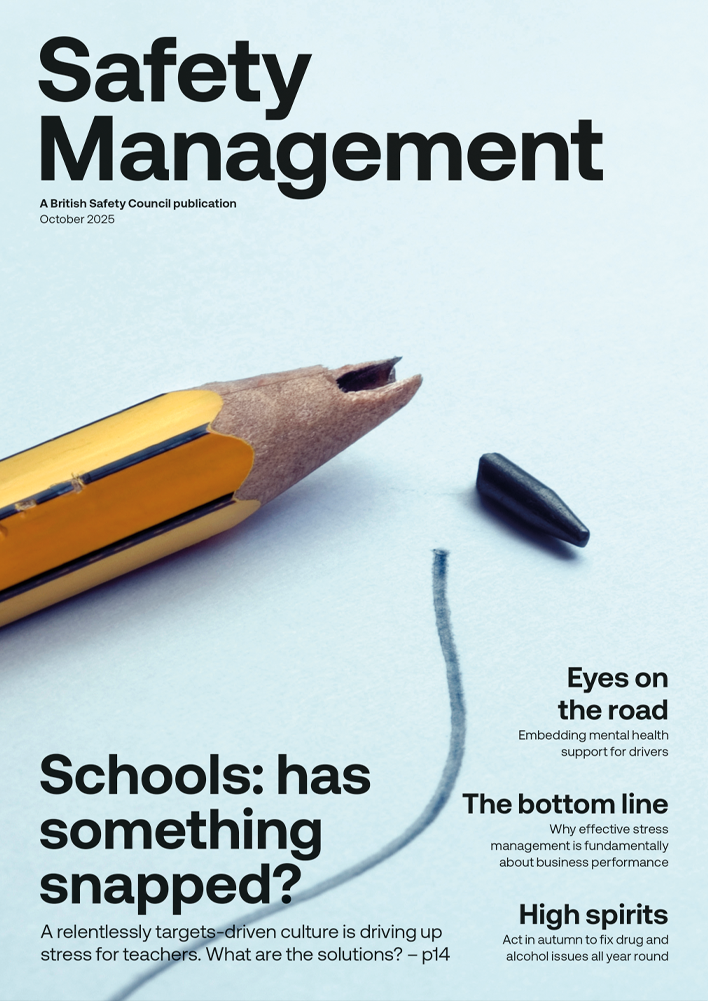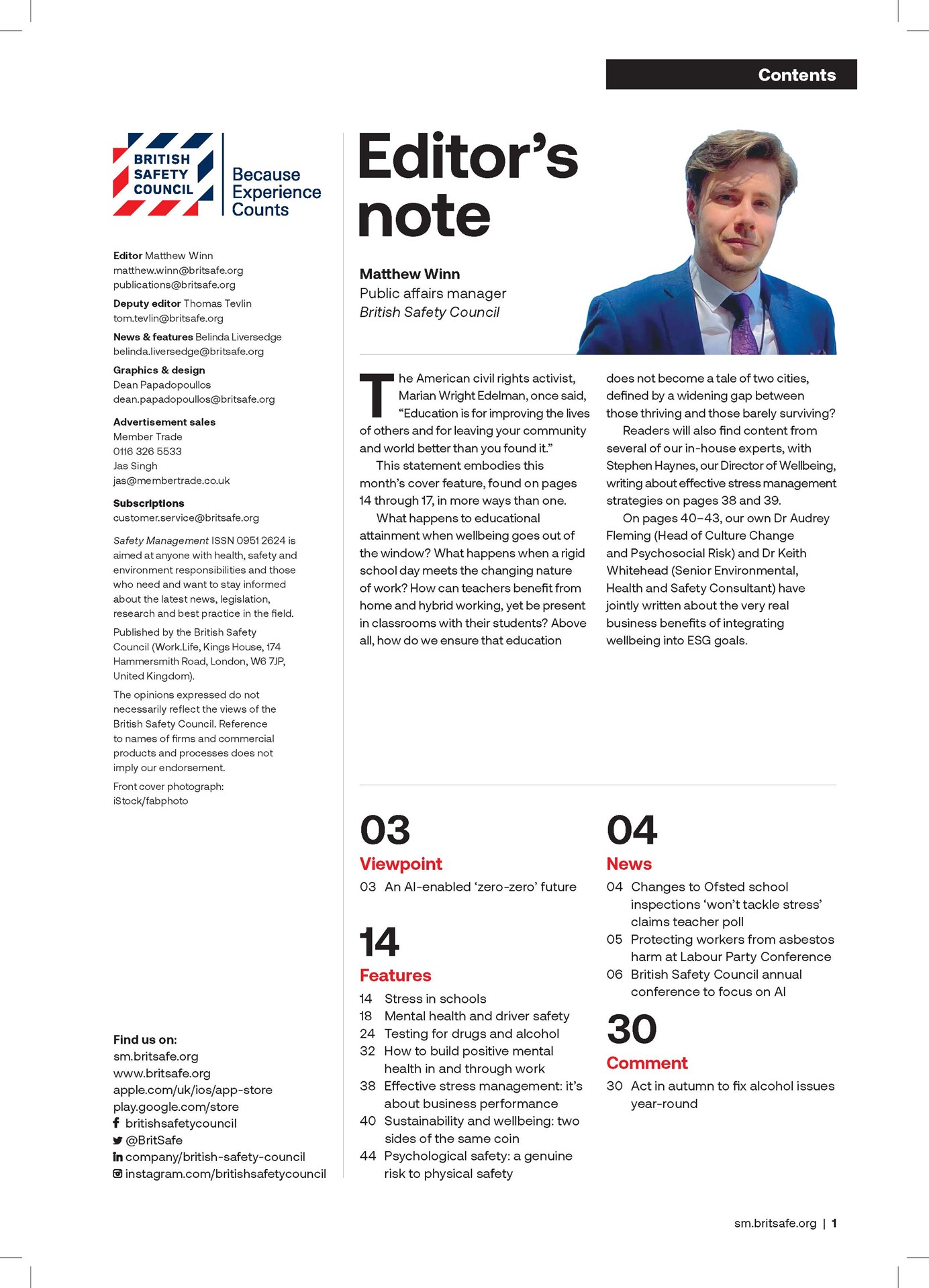Working in hot, cold and wet conditions can have a negative impact on a worker’s performance and comfort levels, so it’s vital to ensure that any protective clothing provides adequate insulation, weather protection and breathability.
Features
The science of wearer comfort and PPE
Comfort is the most complex thing we know. We can identify and feel comfort as a state but trying to define comfort is quite a challenge. Instead, we are more able to identify things which cause us discomfort. Therefore, at Gore, comfort is defined as the absence of discomfort.
Clothing comfort is multifactorial. It comprises of a psychological/emotional element relating to an individual’s values and role; a physical/sensorial element relating to the feel of the material when next to the skin, and a physiological element linked to the mechanical and thermal properties of the clothing. The latter is particularly important for the comfort offered by personal protective equipment (PPE).
 Arc rated GORE-TEX PYRAD garments stay light-weight and comfortable when wet or dry and are durably waterproof. Photograph: GORE-TEX
Arc rated GORE-TEX PYRAD garments stay light-weight and comfortable when wet or dry and are durably waterproof. Photograph: GORE-TEX
Balancing wearer comfort with protection
In the past, PPE which offered the correct safety protection against foul weather and electric arc risks came at a cost. The garments were uncomfortable to wear and were constructed using heavy, non-breathable and thick waterproof fabrics. As a comfort scientist at Gore, I draw the link between the testing and evaluation of our materials and products in the lab to the human experience of our end-users in the real world.
This is to ensure that lightweight, breathable and waterproof protection balances perfectly with the highest safety levels for a specific industry sector or worker, such as Class 1 or Class 2 arc rated PPE.
Impact of inadequate insulation
For our bodies to function, our internal body temperature needs to remain at approximately 37°C. When our body temperature decreases (in cool or cold conditions where our activity levels are low), heat loss from the body is reduced by redirecting blood away from the skin.
Shivering can also be activated to increase heat production. An individual will experience cold discomfort, decreases in performance and risk hypothermia. A study by Muller et al in 2012 explored the correlation between exposure to a cold environment and the impact of heat loss on the cognitive functioning of our brains.
 Anna West: "As a comfort scientist at Gore, I draw the link between the testing and evaluation of our materials and products in the lab to the human experience of our end-users in the real world."
Anna West: "As a comfort scientist at Gore, I draw the link between the testing and evaluation of our materials and products in the lab to the human experience of our end-users in the real world."
This was done by exposing the test cohort to 10°C while they were wearing minimal clothing. Relative to the baseline set for comfort and warmth, the results showed a decline in performance, working memory and choice reaction time. These impairments persisted 60 minutes into a rewarming period at 25°C air temperature.
This study shows us that however defined, the comfort of PPE is absolutely necessary. Clothing must provide adequate insulation relative to the environmental conditions and physical activity being performed and offer the benefits of being windproof and waterproof. This is an important element for safety and protection at work, especially when it involves low temperatures or specific risks from working outdoors in foul weather.
Impact of breathable garments
Alternatively, when our body temperature increases (in cool/cold environments with high activity or in warm environments), heat loss is increased from the body by redirecting blood to the skin. Sweating is stimulated to dissipate heat via evaporation. The ability for sweat to evaporate is dependent on the moisture vapour permeability of our clothing – also known as breathability.
If the evaporation of sweat is hindered by the clothing, then workers will experience thermal burden, become hot and feel uncomfortable. This may not only result in concentration loss but can lead to confusion, dizziness and in extreme cases cause unconsciousness. Therefore, it is important to choose protective breathable clothing that incorporates wicking to take sweat away from the body.
Benefits of getting comfort right
It is no longer necessary for end-user comfort and safety to be impeded by the PPE an employer provides to their workers. If workers are comfortable then they make better decisions, will stay healthier and work more productively.
PPE comfort checklist
- Consider carefully what comfort means to end-users: define exactly what their comfort needs are
- Examine the range of temperatures and weather conditions the end-user will be exposed to while working outside and ensure PPE enables the correct level of insulation to protect them from the elements
- Regardless of what PPE protection levels are required for a specific job or risk always consider garment breathability to avoid thermal burden and to ensure moisture can escape so the wearer remains comfortable and insulated
- Review the weight of garments to ensure they aren’t heavy or bulky but are comfortably lightweight
- Test and trial garment design and fit and involve worker feedback in this process to ensure the end result is an ergonomic fit which provides the wearer with freedom of movement.
For more information see: goretexprofessional.com/uk/arc-rated-garments
Anna West is professional comfort scientist at GORE-TEX
FEATURES

AI-powered wearables: transforming workplace health and safety
By Graham Sharp, Stanley on 08 December 2025
Wearable technology powered by AI analysis is now regularly deployed to prevent safety problems like musculoskeletal injuries and collisions between forklifts and pedestrians, and future developments mean the technology looks set to make it easier to manage other safety challenges, like site evacuations.

Supporting neurodiverse employees: why standard DSE assessments fall short
By Guy Osmond and Alex Reffell, Osmond Ergonomics & Wellbeing on 08 December 2025
Display screen equipment assessments have traditionally focused on tackling the physical ergonomics of desk-based work in a bid to reduce musculoskeletal risks, but effectively supporting the wellbeing and productivity of neurodivergent workers involves a wider consideration of their cognitive, sensory, organisational and environmental needs.

Preventing drug and alcohol misuse through workplace testing
By Mark Burrup, Draeger Safety UK on 08 December 2025
Drug and alcohol testing can play a vital role in ensuring the safety of everyone at work, and simple, non-invasive testing devices are now available for fast and discreet results.



